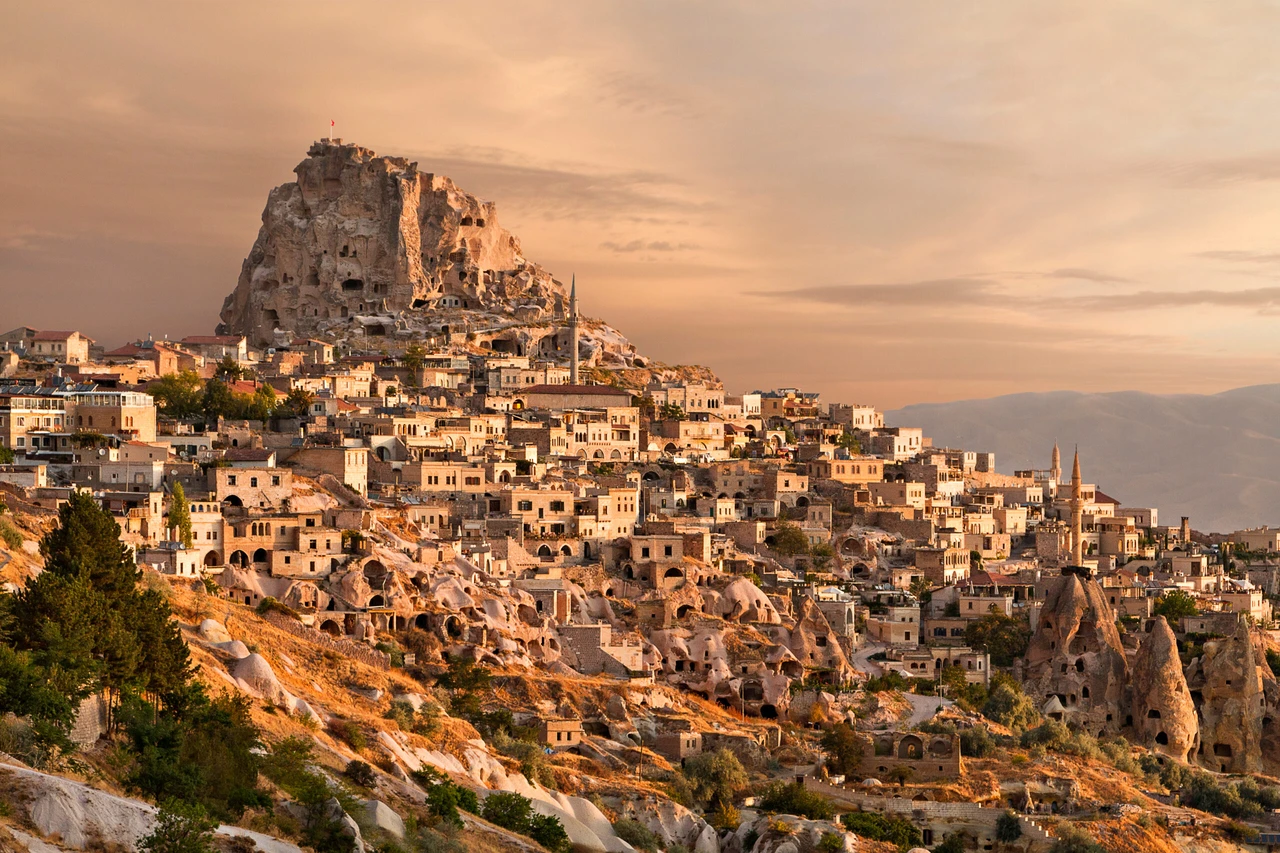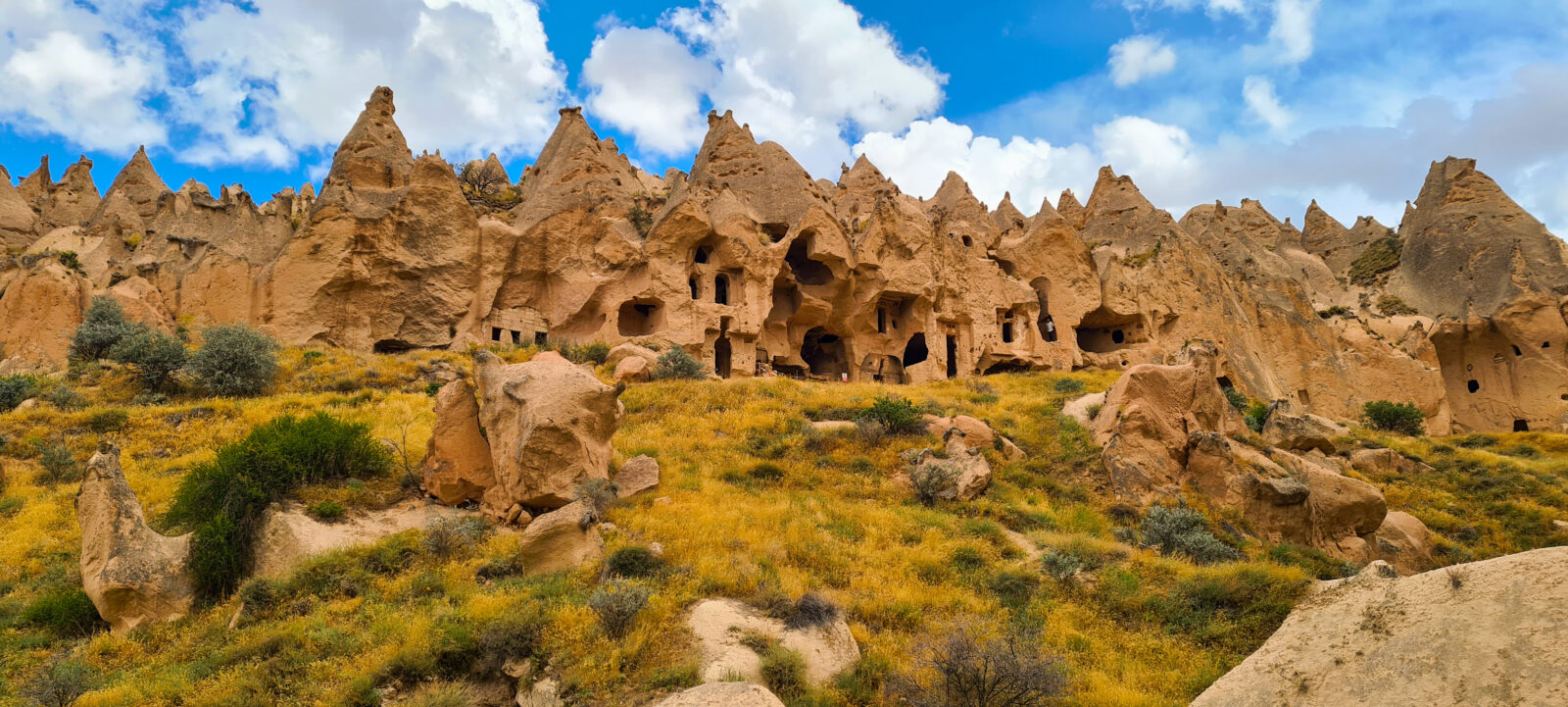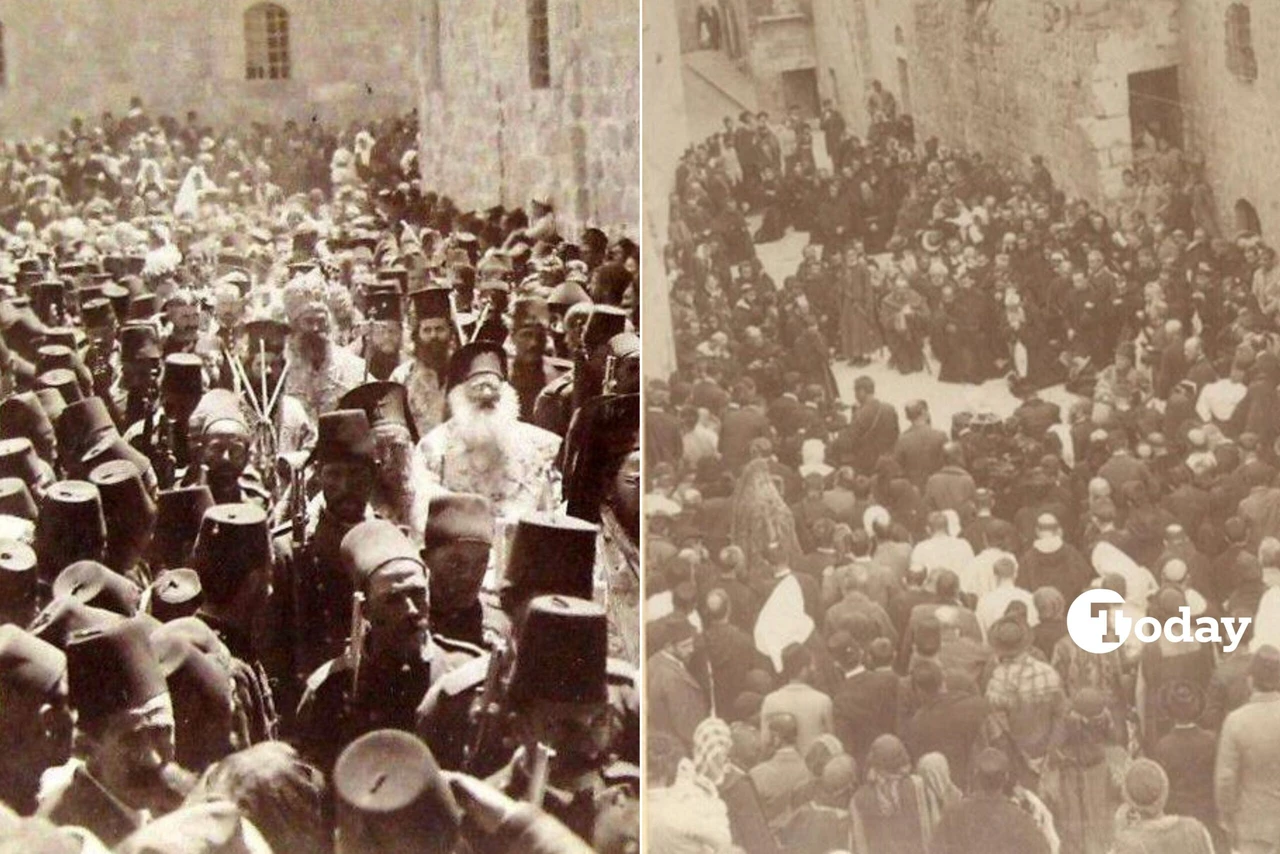800 illegal buildings demolished to preserve Türkiye’s gem Cappadocia
 Town of Uchisar at the sunrise, Cappadocia, Türkiye. (Adobe Stock Photo)
Town of Uchisar at the sunrise, Cappadocia, Türkiye. (Adobe Stock Photo)
Cappadocia, one of Türkiye’s most famous natural and historical sites, remains under strict protection by the Ministry of Culture and Tourism.
Efforts to safeguard its unique landscape, including fairy chimneys and underground cities, have intensified as illegal buildings and damaging activities persist in the region. As part of UNESCO’s World Heritage List, Cappadocia attracts millions of tourists every year, putting its fragile ecosystem under pressure.

Cappadocia’s battle against illegal buildings, unauthorized tourism activities
Since 2019, Cappadocia Area President Birol Incecikoz has been at the forefront of combating unauthorized construction and other activities in the region. “We’ve removed close to 800 illegal buildings from the area,” Incecikoz stated, emphasizing the constant surveillance and immediate action taken. “We conduct full inspections in the field and evaluate every report. If something is built illegally, we take it down right away.”
The challenges don’t stop there. Incecikoz detailed how the illegal activities persist: “One day, we remove a structure, and the next morning, something new appears in its place—like a container or tent. We’ll continue this fight until the last illegal structure is gone.” With nearly 1,000 cases still awaiting judgment, Cappadocia’s authorities remain committed to eradicating all illegal buildings.

Graffiti, vandalism in Türkiye’s Cappadocia lead to hefty fines
Those who damage Cappadocia’s natural formations face some of the highest fines in the world for such offenses. “If someone damages the fairy chimneys or carves into a rock formation, they’re fined approximately 2 million TL,” Incecikoz explained, noting the severity of the penalties.
These fines surpass those in other international tourist destinations, such as Florence, where two tourists were fined around 1.5 million TL for writing on the historic Ponte Vecchio bridge.
Authorities closely monitor any form of vandalism, and even minor infractions are not tolerated. Recently, a major clothing brand was fined 2 million TL after using a harmful chemical during a photoshoot that damaged the fairy chimneys.
Incecikoz said that local experts conducted chemical analyses and confirmed the damage before the fine was issued. “We don’t just impose fines. We make sure to follow up on every incident to prevent future harm.”

Detailed identification cards created for Cappadocia’s fairy chimneys
Efforts to preserve Cappadocia’s natural and historical features also include the detailed documentation of the region’s fairy chimneys. “We are preparing identification cards for each fairy chimney, treating them like living beings,” said Incecikoz.
This process involves assessing their current condition, potential erosion issues, and precise location coordinates. So far, around 30 to 35 percent of these formations have been cataloged.
The area’s rich religious and cultural history adds another layer of significance. One key attraction is the Church of Saint George, located in Kayseri Soganli. The site has drawn growing interest from South American tourists in recent years due to its connection to Saint George, a figure of great importance in their religious traditions.
Incecikoz shared his vision for the future: “We’re beginning restoration and environmental planning at the Church of Saint George this year, and I hope to attract Indian weddings to Cappadocia. The region’s mystical atmosphere would make it a perfect setting for such celebrations.”



